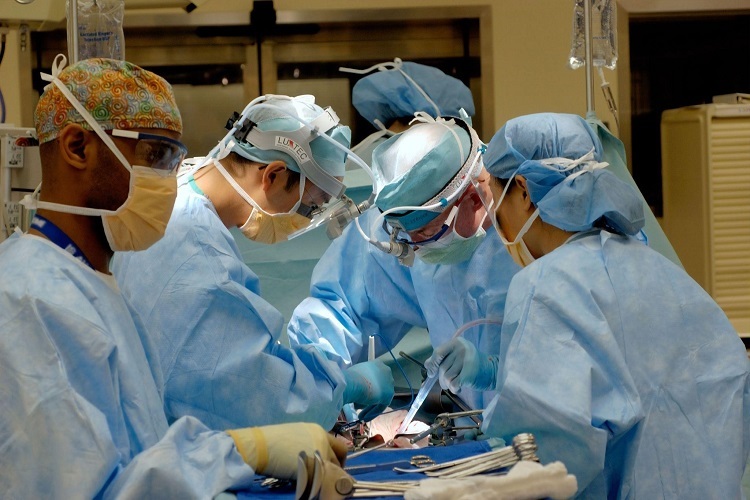Surgical vs Non-Surgical Treatment for Hip Dysplasia

What is Hip Dysplasia?
Hip dysplasia is a condition that affects the hip joint, which is essential for proper mobility and function. It is characterized by an abnormal development of the hip socket, leading to instability and potential dislocation of the joint. This condition commonly affects infants, but it can also develop later in life due to various factors. In Australia, where an active lifestyle is highly valued, understanding the available treatment options for hip dysplasia is crucial for individuals dealing with this condition.
Treatments for Hip Dysplasia
Non-surgical treatments for hip dysplasia often focus on managing symptoms and improving joint stability. One of the primary non-surgical options is the use of braces or harnesses, especially for infants and young children. These devices are designed to keep the hip joint in a stable position, allowing for proper development. Physical therapy is also an essential component of non-surgical treatment. A skilled physiotherapist can guide patients through exercises and stretches that help strengthen the hip muscles, improve range of motion, and promote stability. In some cases, non-steroidal anti-inflammatory drugs (NSAIDs) may be prescribed to alleviate pain and reduce inflammation.
However, in more severe cases of hip dysplasia, surgical intervention may be necessary. The specific surgical procedure depends on the age of the patient and the severity of the condition. For infants, a common surgical approach is a closed reduction, in which the hip joint is manipulated into the correct position without making an incision. This procedure is often followed by the placement of a spica cast, which keeps the hip joint stable during the healing process. In older children and adults, open reduction surgery may be required. This involves making an incision to reposition the hip joint and ensure its stability. In some cases, additional procedures such as pelvic osteotomy, in which the bones of the pelvis are reshaped, may be necessary to provide better coverage and stability to the hip joint.
Surgical vs Non-Surgical Treatments
The decision between surgical and non-surgical treatment depends on several factors, including the age of the patient, the severity of the condition, and the presence of associated symptoms. Non-surgical treatments are typically the first line of defense, especially for infants and young children, as they allow for natural development and often yield positive results. If non-surgical interventions fail to improve symptoms or if the hip dysplasia is severe, surgical intervention may be the recommended course of action.
It is important to note that both non-surgical treatments and hip dysplasia surgery have their own risks and benefits. Surgical procedures carry the inherent risks associated with any surgical intervention, such as infection and blood clots. Recovery from surgery may also require a period of immobilization and rehabilitation. On the other hand, non-surgical treatments may take longer to show results and may not be as effective for severe cases.
Summary
On the whole, hip dysplasia is a condition that can significantly impact mobility and quality of life. Non-surgical treatments like bracing, physical therapy, and medication can often manage symptoms and promote joint stability. In more severe cases, surgical intervention may be necessary to correct the abnormal hip joint position and provide lasting stability. The choice of treatment should be made in consultation with a healthcare professional, considering the specific circumstances of the individual. Ultimately, the goal is to improve function and alleviate pain, enabling individuals in Australia to maintain their active lifestyle.
Leave a reply
You must be logged in to post a comment.




















